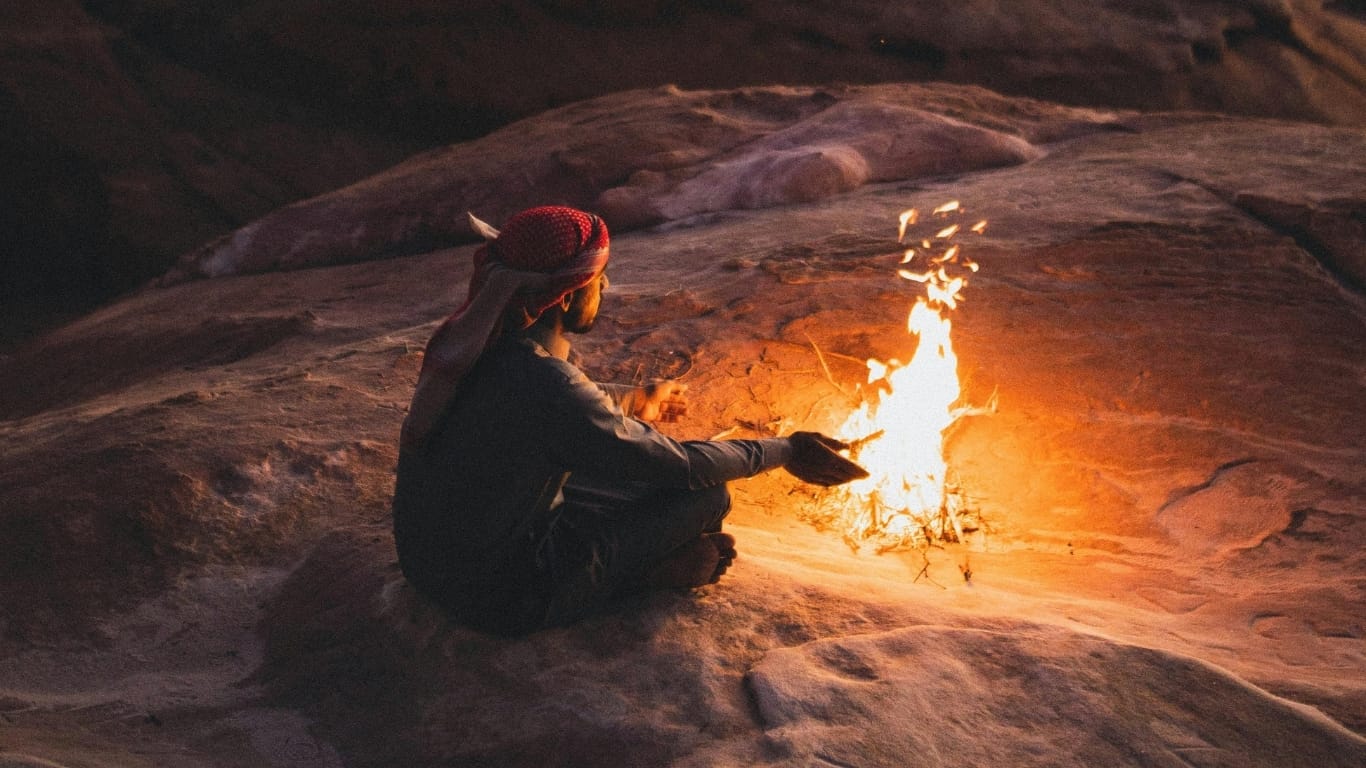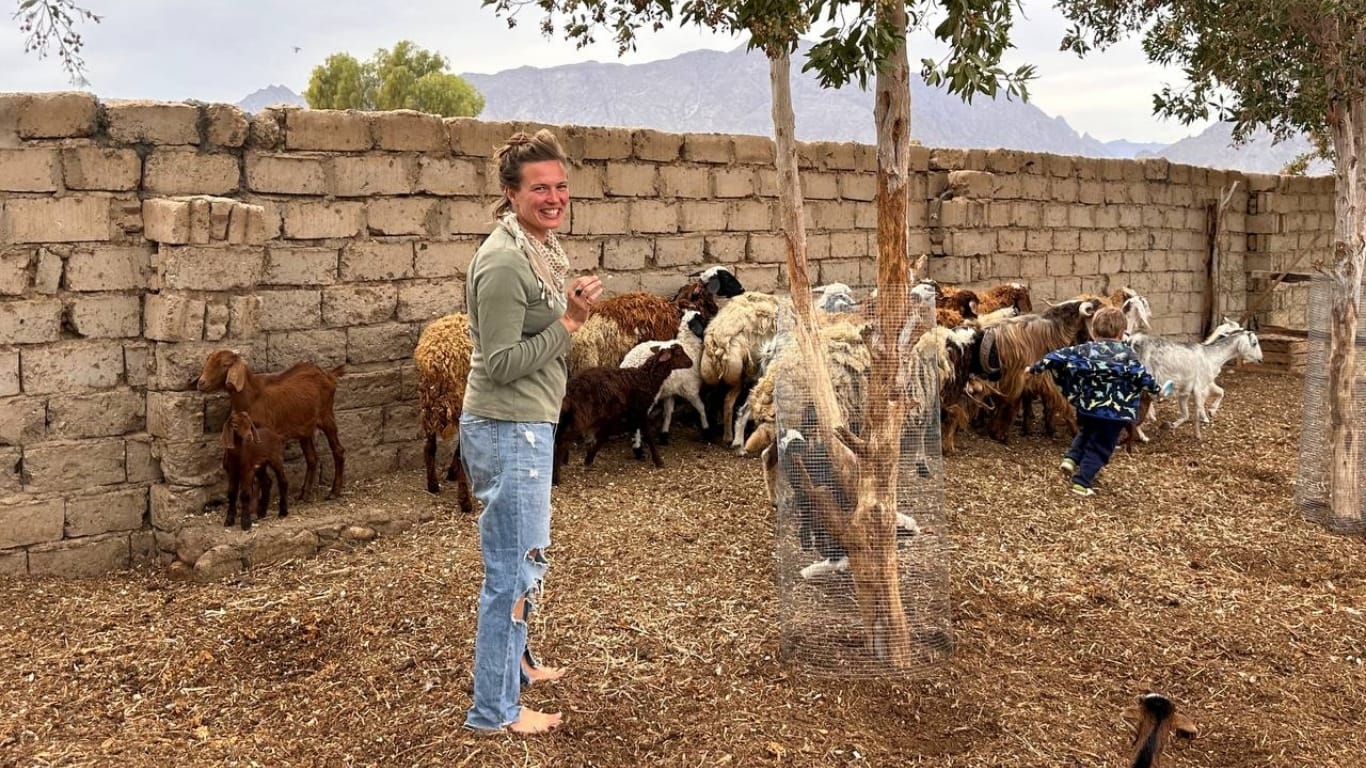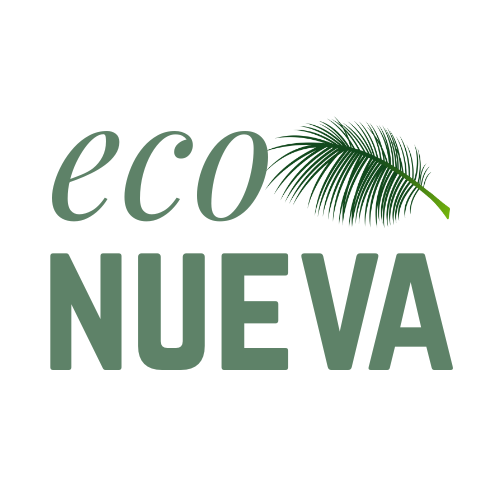What Is Regenerative Travel? Learn From Nuweiba’s Desert Communities

In a world where tourism often leaves behind more harm than help, a new kind of tourism is emerging, one that is not all about visiting beautiful places, but also helping restore them.
This is the heart of regenerative travel. Unlike sustainable travel, which focuses on minimizing impact, regenerative travel goes a step further. It’s not just about leaving no trace, it’s about leaving things better than you found them.
As more travelers become aware of the environmental and cultural footprints of their adventures, the call for more meaningful, mindful experiences is growing louder.
Regenerative travel is quickly gaining traction among those who want their journeys to be mutually enriching for both the traveler and the destination.
A quiet corner of Egypt’s Sinai Peninsula, Nuweiba, offers a powerful example of what regenerative travel can look like in real life. From desert farms that heal the land to Bedouin-run eco-camps that protect culture and empower communities, Nuweiba isn’t just welcoming visitors, it’s teaching them how to travel differently.
Table of Content
1. What Is Regenerative Travel?
2. Why Regenerative Travel?
3. What's The Difference Between Regenerative Travel and Sustainable Travel?
4. What Is The Difference Between Ecotourism and Regenerative Tourism?
5. Learn Regeneration From Nuweiba’s Desert Communities
6. Tips To Practice Regenerative Travel
7. Frequently Asked Questions
8. Conclusion
What Is Regenerative Travel?
Regenerative travel is an approach to tourism that goes beyond sustainability. While sustainable travel focuses on minimizing harm, regenerative travel aims to actively improve the places we visit environmentally, culturally, and socially.
At its core, regenerative travel asks "How can my presence help this place thrive?" and the answer involves:
- Restoring ecosystems rather than just preserving them.
- Reviving local economies by supporting community-led initiatives.
- Respecting and protecting culture, rather than simply consuming it.
It’s not just about where you go, it’s about how you show up. Whether that means staying at a farm that regenerates the land, joining a workshop led by local artisans, or simply slowing down to connect with the rhythm of a place, regenerative travel turns tourism into a mutual exchange, one that benefits both the traveler and the host community.
Think of it as travel with a deeper purpose where every experience contributes to healing, growth, and resilience.
Why Regenerative Travel?

In a world facing climate crises, cultural erosion, and overtourism, the way we travel matters more than ever. Traditional tourism often leaves behind environmental damage, cultural dilution, and economic leakage. Even sustainable travel, while a step forward, typically aims to reduce harm, not reverse it.
That’s where regenerative tourism comes in.
It’s rooted in the belief that travel can be a force for healing and renewal. By choosing regenerative practices, travelers can:
- Restore ecosystems through reforestation, permaculture, regenerative agriculture, and conservation efforts.
- Empower local communities through fair wages, education, and cultural preservation.
- Create meaningful connections by slowing down, engaging with purpose, and learning from local wisdom.
Regenerative travel isn’t about perfection, it’s about intention. It’s an invitation to be part of something bigger: a movement that helps protect what we love while experiencing it more deeply.
In short, we don’t just need less harmful travel; we need travel that helps the world thrive.
What's The Difference Between Regenerative Travel and Sustainable Travel?
For years, sustainable travel has been the gold standard. Travel that aims to “do no harm.” It encourages reducing waste, conserving energy, and treading lightly. Think: bringing a reusable water bottle, choosing eco-lodges, or avoiding single-use plastics. It’s about maintaining the status quo without adding to the damage.
But regenerative travel asks a different question "How can we make things better?"
Instead of simply minimizing negative impact, regenerative travel focuses on having a net positive effect, revitalizing the land, uplifting local communities, and actively restoring ecosystems. It's about becoming part of the solution.
Let’s break it down:
- Sustainable: You avoid plastic water bottles.
- Regenerative: You help plant trees or support a community water-harvesting initiative.
- Sustainable: You stay in a solar-powered hotel.
- Regenerative: You stay at a locally-owned eco-camp that reinvests profits into rewilding projects and cultural preservation.
In short, sustainability is important but regeneration is the future. It shifts the traveler from a passive observer to an active participant in healing the places on our planet.
What Is The Difference Between Ecotourism and Regenerative Tourism?
Ecotourism focuses on responsible travel to natural areas, aiming to conserve the environment and educate travelers. It often emphasizes nature, wildlife, and low-impact activities.
Regenerative tourism, while similar in values, goes a step further. It’s not just about conservation, it’s about restoration. Regenerative tourism works to revive ecosystems, uplift local communities, and create lasting positive change, whether in nature, culture, or economy.
In short:
- Ecotourism = protect and observe
- Regenerative tourism = heal and participate
Learn Regeneration From Nuweiba’s Desert Communities

Regenerative travel comes to life in Nuweiba, where desert communities are quietly reshaping how we think about tourism. Here, every action from growing vegetables to guiding tours aims not just to sustain, but to heal. Let’s look at how this corner of the Sinai is embracing a regenerative future.
Healing the Land
In a place where water is scarce and the earth is dry, regenerative farms are working wonders. Using techniques like desert permaculture, local farmers are restoring the soil, growing nutrient-rich food, and teaching others how to live in harmony with the land.
Eco-Camps with Purpose
All along Nuweiba’s coast, eco-camps made from palm fronds, clay, and stone offer cozy shelter with minimal footprint. These locally run spots often operate on solar power, minimize waste, and give travelers the chance to disconnect from tech and reconnect with nature.
Many camps partner with local conservationists, support wildlife protection efforts, and host events centered around environmental awareness.
Cultural Guardianship
In Nuweiba, Bedouin-led tours and storytelling nights are more than just activities, they’re acts of preservation. As globalization creeps in, these experiences help pass down ancestral wisdom, from herbal medicine to desert navigation.
By choosing these tours, travelers help ensure that Bedouin language, traditions, and crafts are not just remembered but celebrated and economically supported.
A Regenerative Travel Example in Nuweiba - Karima’s Farm Camp
More than just a stay, Karima’s Farm Camp is a living example of regeneration. Nestled between the mountains and the Red Sea, it combines organic farming and eco-building.
Travelers can get their hands in the soil, learn about composting, help harvest seasonal vegetables, or simply recharge in nature knowing their presence supports a mission rooted in restoration.
Karima’s isn’t just healing the land; it’s growing an eco community, offering workshops for locals, empowering women, and welcoming curious visitors into a space that feels deeply rooted in nature.
Tips To Practice Regenerative Travel

You don’t need to be an environmentalist or a travel expert to make a regenerative impact. With a few mindful choices, every traveler can help restore the places they visit.
Here’s how to turn your next trip into a force for good:
1. Be Intentional with Your Choices
Not all eco-options are created equal. Go beyond the “green” labels and look for places and experiences with genuine community impact. Choose accommodations that are locally owned, participate in reforestation or conservation efforts, or give back through education and employment.
Tip: Ask questions before booking, where does the money go? Who runs the tours? What local initiatives do they support?
2. Support Local Economies
Regenerative travel thrives on circular economies where locals benefit directly from tourism. Skip the big chains and:
- Stay in family-run camps or guesthouses
- Eat at locally-owned restaurants
- Shop from artisans and small markets
- Hire local guides who offer authentic, respectful experiences
So your money becomes a tool for empowerment, not exploitation.
3. Travel Slower, Stay Longer
Instead of rushing through a dozen destinations, slow down. Staying longer allows you to:
- Build real connections with people and place
- Reduce your carbon footprint (fewer flights = less emissions)
- Deepen your understanding of the local culture and environment
You’ll leave with more than memories, you’ll leave with relationships, insights, and possibly even a desire to return and contribute again.
Frequently Asked Questions About Regenerative Travel
1. What is the meaning of regenerative tourism?
Regenerative tourism is a form of travel that aims to actively improve the places we visit. It goes beyond minimizing harm and instead focuses on restoring ecosystems, supporting local communities, and creating a positive impact on both nature and culture.
2. What is the difference between sustainable travel and regenerative travel?
Sustainable travel focuses on doing less harm like reducing waste, conserving energy, and protecting resources. Regenerative travel goes further by aiming to leave things better than they were through actions like restoring natural habitats, supporting local livelihoods, and revitalizing cultural heritage.
3. What is a regenerative experience?
A regenerative experience is a travel activity that helps rebuild and renew a place or community. Examples include volunteering at a farm that restores degraded land, joining a tour that funds local education, or staying at an eco-lodge that reinvests in conservation. It’s about contributing while you travel.
Conclusion: Nuweiba as a Regenerative Travel Model
Regenerative travel isn’t just a trend, it’s a mindset shift. It asks us to stop thinking like tourists and start acting like stewards. It’s about approaching each place with respect, curiosity, and a desire to give back more than we take.
Nuweiba shows that even the most remote and quiet corners of the world can become powerful examples of regeneration. From healing the desert soil to protecting centuries-old Bedouin traditions, this coastal town proves that meaningful, community-rooted travel is not only possible, it’s already happening.
The choice is ours. Every traveler has the ability to make their journey part of something bigger. And that starts by simply asking: “How can I leave this place better than I found it?”

